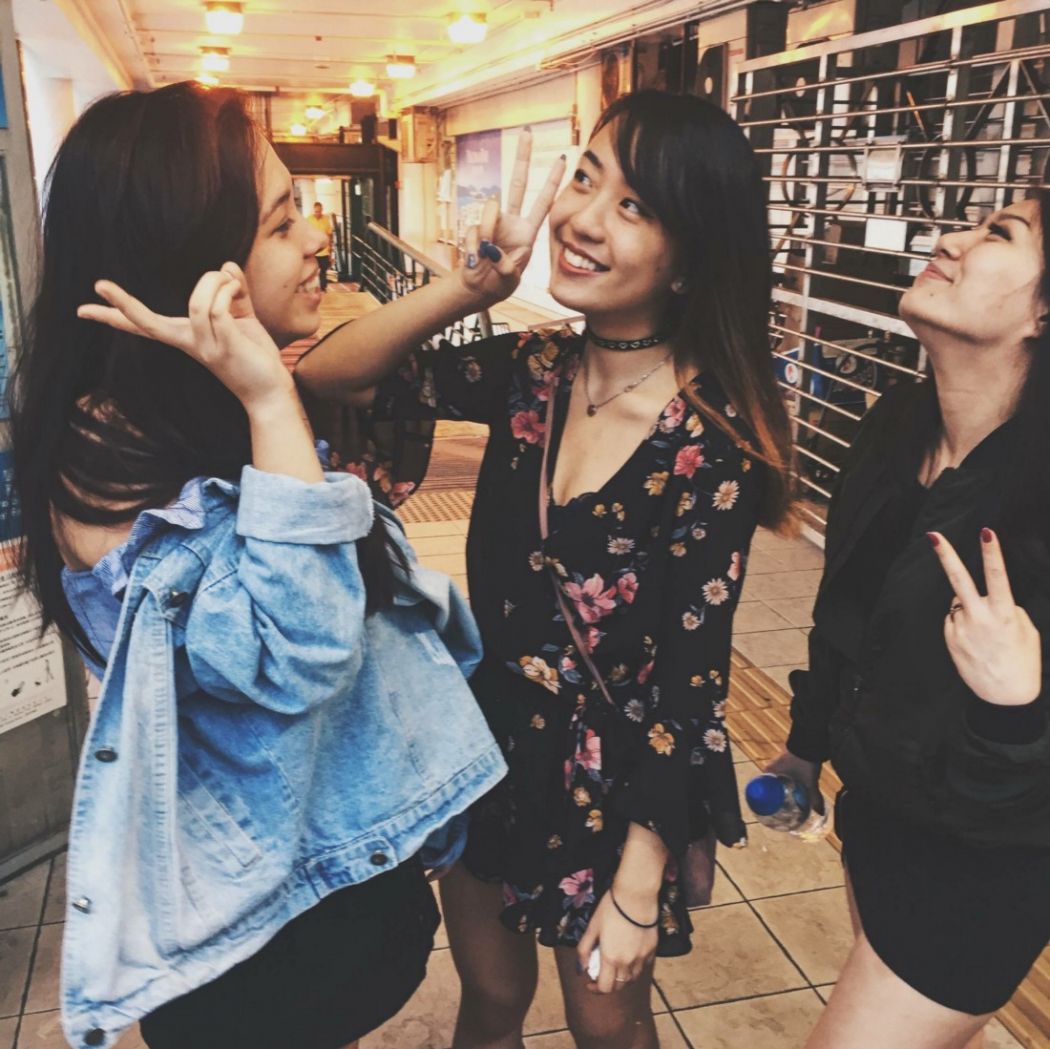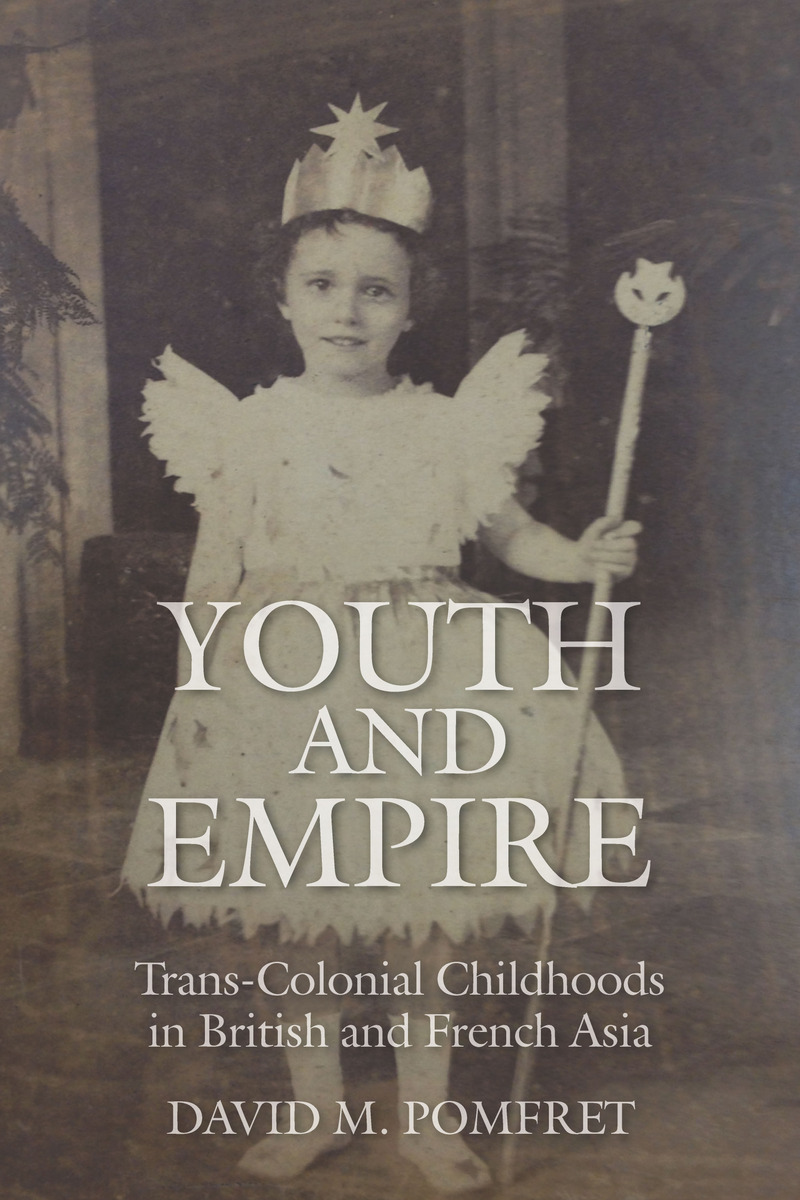Focus on Research: Emma J. Teng F’06 on the Hidden Histories of Mixed Race Families
American Council of Learned Societies
ACLS News
2012-10-01
ACLS asked its fellows to describe their research: the knowledge it creates and how this knowledge benefits our understanding of the world. We are pleased to present this response from Emma J. Teng, T.T. and Wei Fong Chao Professor of Asian Civilizations at the Massachusetts Institute of Technology.
In June 1914, a young American woman with a small baby boarded a ship bound for China. Although she was white, she traveled in accommodations meant “for Asiatic passengers only.” Why? Mae Watkins Franking, a native of Ann Arbor, Michigan, was traveling to China to reunite with her Chinese husband, whom she had met as a student at the University of Michigan. Due to the Marital Expatriation Act of 1907, which stripped U.S. citizenship from all American women who married foreign nationals, Mae had taken Chinese nationality, and thus, in an age of segregated travel, she journeyed to Shanghai under this status. Mae might have felt apprehensive moving to China, for although racial intermarriage was legal in Michigan at the time of the Frankings’ wedding, the Chinese government prohibited the intermarriage of overseas students with foreign women. (Merchants and laborers were allowed to intermarry.) The Frankings had three children: Nelson, born in the U.S., was an American citizen by right of birth; while Alason and Cecile, born in China, were considered by the U.S. government to be “aliens ineligible for naturalization.” Although the family returned to the United States in 1918, Alason and Cecile would have to wait until 1943 to gain the right of naturalization—despite the fact that their ancestors had fought in the American Revolution. These are just a few examples of the legal injustices faced by mixed (and in this case transnational) families up through the first half of the twentieth century.
Supported by a grant from the ACLS, in 2007 I set out to write a book that would bridge China studies and Asian American studies by comparing ideas concerning Euro-Chinese intermixing, or hybridity, in the U.S. and China between 1842, when China was opened to Western trade, and WW II. As the writing took shape, I realized that this was a story not only about the history of ideas, but also about mixed families and individuals whose lives were shaped by these ideas, and the laws and social proscriptions they informed. I thus went back and did more research: a rare luxury in the academic world. As a result, the manuscript that subsequently evolved also takes up the subject of how mixed families, who faced discrimination from both sides, negotiated their own identities within the constraints and opportunities of their social environments. In keeping with the comparative spirit that first inspired my project, I decided to juxtapose the lived experiences of Eurasians in the United States, China, and Hong Kong, three sites where the “Eurasian problem” became a topic of public discourse…
…Why does it matter for us to gain a more nuanced, less monolithic understanding of the intellectual genealogy of ideas concerning mixed race? The subject of mixed race is particularly germane today with increasing rates of intermarriage in our society. These intermarriages suggest that the old taboos against intermarriage and the barriers between races have diminished in the years since 1967, when the Supreme Court struck down the last of the anti-miscegenation laws. Yet, some of the old presumptions remain. First of all, the very notion of “mixed race,” so frequently celebrated in the contemporary media, entertainment, and advertising industries, relies on the presumption that there are “pure races” to begin with. My research aims to debunk this presumption by adding to the growing scholarship showing intermarriage and intermixing as age-old phenomena, challenging the commonplace certainty by which many feel they can identify those who are “pure Chinese” or “pure white.” Understanding histories of migration, cross-cultural contact, and interracial mixing allows us to see that, in fact, no such groups exist, other than as social and legal constructions, which may vary from country to country, time period to time period…
Read the entire article here.



